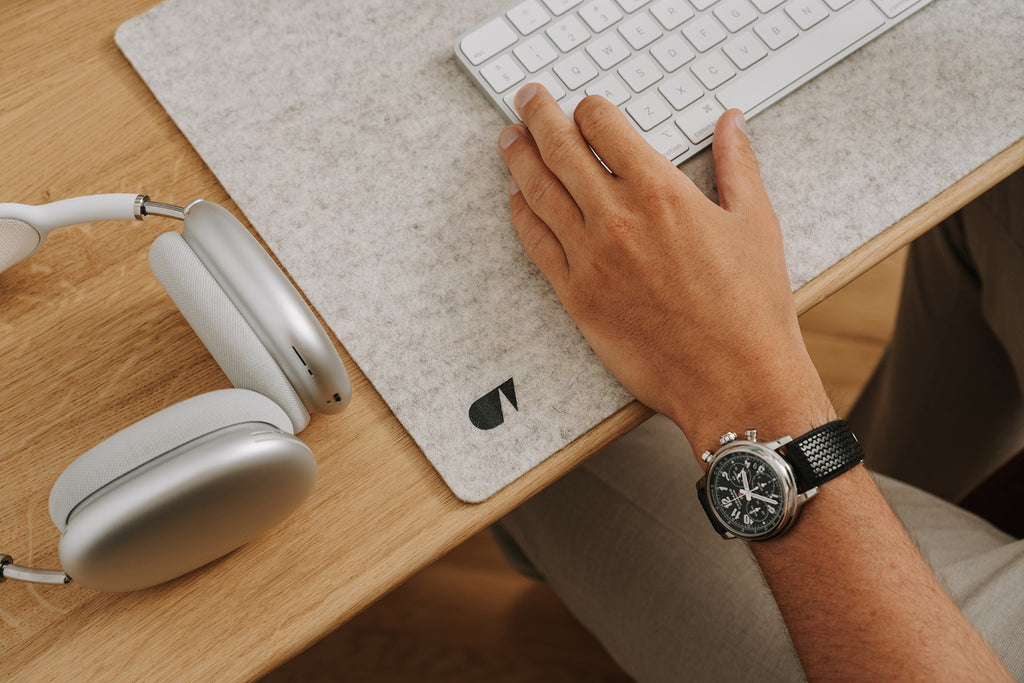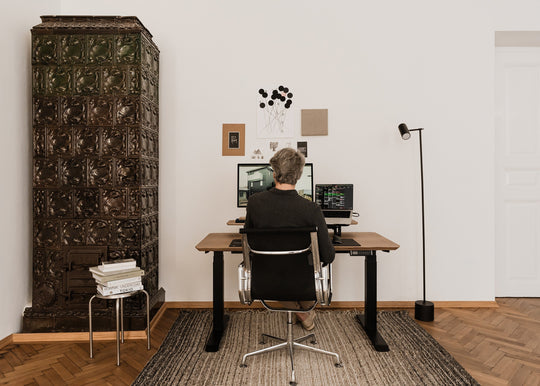
For the love of sustainable design
Design was, at its conception, primarily about creating effective, beautiful items; then, since the popularization of Bauhaus, functionality took center stage, though aesthetic concerns weren’t abandoned either. We can confidently say that this approach is still most popular today, although modern design has an additional dimension to maneuver: its environmental impact. What is sustainable design all about and why is it so important?

The basics of sustainable design: the LCA method
One of the fundamental elements of sustainable design is the Life Cycle Assessment. The LCA’s goal is to research and forecast the effect a particular product has on the environment, throughout its entire existence:
- From design and production (this includes the methods used to source all raw materials),
- Through roll-out and distribution (packaging, shipment, transport, and sales practices),
- Use (one of the important factors is how long a product stays usable),
- To its disposal (whether the product can be recycled, how it will be disposed of, how long it will take to break down, etc.)
The LCA considers elements such as emission of CO2 and other greenhouse gasses, sourcing and processing of materials, using natural resources, energy use, generation of waste and pollutants. This allows us to estimate the impact this product (which could also be a building or an update to an existing product) will have on our environment and helps us find solutions that minimize its negative impact.

What is sustainable design all about?
The concept of sustainable design itself is relatively simple: it is all about creating solutions where the negative environmental impact on the planet is minimized - and, in an ideal world, eliminated altogether. Besides, according to Ben Peace from Valuechain, making objects that positively affect environmental regeneration processes also plays a huge role in pursuing balance.
Sustainable design matters not only in product design but also in the development of buildings and cities. It goes hand in hand with the UN’s sustainable development goals set out in their 2030 Agenda, where we can read more about increasing the use of renewable energy sources, introducing sustainable consumption and production programs, using environmentally friendly technologies, developing infallible sustainable infrastructure, as well as ensuring everyone’s equal access to it. What sustainable products and spaces have in common is the environmental, but also social, and economic responsibility.
Using resources that are renewable, responsibly sourced, and recyclable is a fundamental part of sustainable design. Skillfully managing these resources to reduce the amount of production waste is yet another important avenue of this approach. While choosing the best materials, we should pay attention to their quality and durability, as the idea of sustainable design assumes the product will last and remain useful for years. It should also be repairable so that you don’t have to replace it too soon, stopping you from fuelling consumerism and using up more of our precious resources.
The balanced approach to design values adapting its solutions to the diverse needs of the customers - this is true for products and spaces, especially those open to the public. When it comes to objects, taking into consideration the varied needs of their users boosts inclusivity, but also indirectly curbs overconsumption: having access to products that fulfill our expectations makes us more likely to use them, take better care of them, and keep them, unlike items that are of poorer quality, badly designed, and manufactured for everyone and no one in particular.

Sustainable design at Oakywood
Our concern for the environment begins with planning and design. We make sure to create ergonomic and functional solutions that cater to our clients’ personal preferences. One important part of this strategy is our 3D configurator, a tool that allows the client to customize selected items by choosing their colors, materials, finishes, and precise measurements. We have recently expanded our customizable product range to include wooden tabletops which can become your new wooden desk top, an oak kitchen tabletop, a coffee table, or a console. You can even install it in a camper van to live out your digital nomad fantasy.
While designing our products, we carefully plan out how to use all materials most efficiently. We want to use each log in its entirety, without generating unnecessary waste. Therefore, each part of the log gets assigned to a particular accessory - there is no room for improvisation. We also care about where our materials come from: we only use responsibly sourced, FSC-certified wood.
Sustainable design has been one of Oakywood’s key values from the very beginning of the brand. And since then, we have learned that one thing is for sure: there is always room for improvement. That’s why we tirelessly seek new ways to make our products even more user and planet-friendly.








